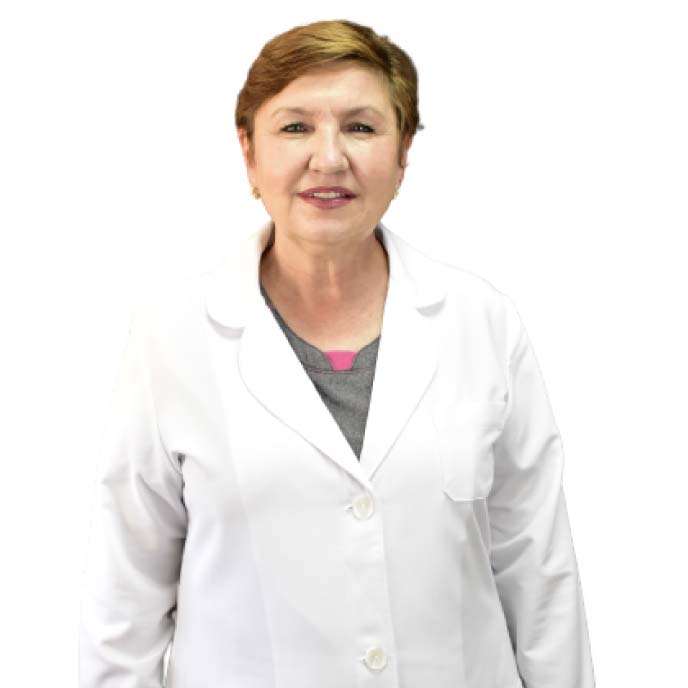Internal Medicine
- Anesthesiology
- Cardiology
- Dermatology
- Ear Nose Throat
- Gastroenterology
- General Surgery
- Intensive Care
- Internal Medicine
- Nursing
- Obstetrics & Gynecology
- Orthopedics
- Pediatrics
- Plastic Surgery
- Urology
- Vascular Surgery
- General Practitioner
- Dialysis
- Nephrology
- Psychiatrist
- Women’s Health
- Men’s Health
- Weight Management

The internal Medicine staff at Belize Healthcare Partners Ltd are experts in dealing with prevention, diagnosis and treatment of a broad range of adult diseases. They are specially trained to solve puzzling diagnostic problems and can handle severe chronic illnesses and situations where several different illnesses may strike at the same time. These include but are not limited to:
Acute respiratory infections
Infections involving the upper respiratory tract (ears, nose, throat, and sinuses) or lower respiratory tract (trachea, bronchial tubes, and lungs), usually caused by a virus. Symptoms vary depending on which systems are affected. Antibiotics are necessary only if there is a secondary bacterial infection.
Asthma
A chronic disease that affects the airways. In people with asthma, the airways are inflamed and sensitive to allergens or irritants. During an asthma attack, the airways get narrower and less air flows to the lungs, causing symptoms like wheezing, coughing, chest tightness and difficulty breathing. Asthma can be managed by avoiding things that bring on asthma symptoms and by taking medication to control symptoms and prevent attacks.
Bronchitis
Inflammation of the airways that may be acute (short-term) or chronic (long-term). Acute bronchitis usually follows a viral respiratory infection. Chronic bronchitis is usually caused by smoking. Treatment depends on the type and duration of bronchitis. For acute bronchitis, simple measures include resting, drinking fluids, taking aspirin or Tylenol to reduce a fever, and using a humidifier. For chronic bronchitis, inhaled medicines may be needed to open the airways and clear mucus. Other drugs may be prescribed to treat an infection or reduce inflammation. Sometimes, home oxygen is required treat low oxygen levels in the blood.
Chest pain
Severe, sudden chest pain — especially if it accompanied by pain in the left upper arm, sweating and nausea, or severe shortness of breath — requires immediate medical attention, as it may indicate a heart attack. Other causes of acute chest pain include pneumonia, bronchitis, gastritis, esophagitis, and asthma. Chronic chest pain can arise from many causes, including angina, hiatal hernia, gallbladder disease, ulcers, and chronic bronchitis. Internal Medicine physicians are skilled in determining the source of chronic chest pain and prescribing therapies to address the underlying cause or alleviate the symptoms.
Diabetes
A disease marked by high blood sugar levels. Blood sugar levels are regulated through the actions of a hormone called insulin. Diabetes occurs when there is too little insulin, resistance to insulin, or both. Depending on the type of diabetes, treatment may require daily insulin injections or drugs to increase insulin production, make insulin more effective, or slow absorption of glucose from the gut. Lifestyle changes, such as weight loss, exercise, and dietary changes, may also be important.
Fatigue
Lack of energy is a common symptom with many possible causes, including anemia, sleep disorders, an underactive thyroid gland, and depression. Fatigue may also accompany other illnesses, including diabetes, congestive heart failure, and mononucleosis. In some cases, fatigue is a symptom of chronic fatigue syndrome, a condition that begins with flu-like system but persists for six months or longer. A physical examination, medical history, and blood tests may be recommended to determine the underlying cause of persistent fatigue.
High blood cholesterol and triglycerides
These are both lipid disorders in which the blood is carrying excess fatty substances. Lipid disorders increase the risk of heart attack and stroke. Treatment may involve a low-fat diet, exercise, and weight loss. Medication may be required to reduce LDL cholesterol (“bad” cholesterol) and/or triglycerides to safe levels. Drugs may also be prescribed to raise HDL cholesterol (“good” cholesterol).
Hypertension (high blood pressure)
Hypertension is defined as systolic blood pressure (the “top” number) over 140 mm Hg or diastolic blood pressure (the “bottom” number) over 90 mm Hg. While hypertension usually has no symptoms, treating it is important to reduce the risk of heart attack, stroke, kidney disease, and other serious conditions. Treatment may include dietary changes, exercise, weight loss, smoking cessation, and medication.
Hypothyroidism
An underactive thyroid gland. The thyroid gland regulates the body’s energy through thyroid hormones called T3 and T4. When the thyroid gland does not produce enough of these hormones, the body’s metabolism slows down. Symptoms include weight gain, tiredness, forgetfulness, dry skin and hair, and inability to stay warm. Hypothyroidism can be diagnosed with a simple blood test. It is treated with medication to restore adequate hormone levels.
Influenza
A contagious respiratory illness caused by a virus. Symptoms include fever, headache, dry cough, sore throat, runny or stuffy nose, muscle aches, tiredness, and stomach symptoms. Complications of the flu can be very serious, including pneumonia, dehydration, and worsening of chronic medical conditions. The best way to prevent the flu is to be vaccinated in the fall.
Migraine
Severe, often disabling headache. In some cases a migraine is preceded by a warning sign (aura) such as flashes of light or a blind spot. In addition to intense pain, a migraine may cause nausea, vomiting, and extreme sensitivity to light and sound. There is no cure for migraines, but the frequency and severity of migraines can be reduced with medication.
Osteoarthritis
A joint disease that primarily affects the cartilage, the shock-absorbing tissue that covers the ends of bones in a joint. Healthy cartilage cushions the joints and allows bones to glide over one another. In people with osteoarthritis, some of the cartilage is broken down or worn away, which allows the bones to rub together. The result is pain, swelling, and loss of motion. Strategies for minimizing discomfort and supporting joint health include rest, exercise, weight loss, and medication for pain and inflammation.
Osteoporosis
Loss of bone density and thinning of bone tissue, resulting in fragile bones and an increased risk of fractures. Osteoporosis becomes more common with age, and it is more common in women than in men. Risk of osteoporosis increases for women after menopause, when estrogen levels drop. Osteoporosis usually has no symptoms, but it can be diagnosed easily with a bone mineral density test called dual-energy x-ray absorptiometry (DEXA). Drugs for osteoporosis can prevent or slow the rate of bone loss and reduce the risk of fractures.
Pneumonia
Inflammation of the lungs caused by infection with bacteria, viruses, or other organisms. Pneumonia is most likely to occur when a person’s defenses are weakened by an upper respiratory infection or influenza. Symptoms include cough, fever, chills, chest pain, shallow breathing, and shortness of breath. Pneumococcal vaccine prevents the most common type of pneumonia and is recommended for adults aged 65 or older and people with heart disease, lung disease, kidney disease, and other conditions that increase vulnerability to pneumonia.
Doctors


(501) 280-5000
Have a question? call us now


info@belizehealthcare.com
Need support? Drop us an email






